I wonder, really, if there’s anything I love the taste more of than burnt sugar. I think the first time I realized this — besides my many instances with packaged caramels and cotton candy — was at age 11 at Tavern on the Green, when, in an otherwise horrific meal where we were shuffled through the restaurant like cattle and fed insipid soup and tepid prime rib, I ordered a creme brulee with a crispy topping of burnt sugar I will never forget. Unfortunately, this was also the first time I realized that milk — and overindulgence — did not agree with my stomach, and I went home feeling rather ill. Luckily, I have mostly outgrown the milk issue, and somehow, even luckier, I have figured out a way to avoid overindulging, most of the time at least.
With this dessert, though, that’s a tall order. See, I was asked to bring a dessert to Irene’s Seder this year, and the last time I cooked for Passover, my almond cake (without flour, of course) just wasn’t as light and airy as I would have liked. So I was looking for a dessert that could be made without flour, and didn’t really need it either, so I wouldn’t be substituting with something else and end up with a failure. Flan was the perfect solution. Not to mention a delicious one, with a kick.
I was originally inspired by a recipe in the New York Times for Orange-Almond Flan, but when I read the recipe carefully, I saw that you’re supposed to grind the almonds and add them to the flan. I thought I wouldn’t appreciate the texture of lots of little shreds of almond in my flan, so I ditched that idea. But the orange was sticking with me. That’s when I found Jose Garces’s recipe in Food&Wine. It kept the orange, and added vanilla. Now we’re talking! (Note the Cointreau. More on that in a moment.)
You’re meant to put pie plates in a small roasting pan, but my pie plates were big, so I needed big roasting pans. This was the best I could do:
It meant a lot of futzing around with turning the pans and switching the positions on the shelves in the oven, but it worked out in the end.
What did not work out immediately was the caramel. Loving burnt sugar and being able to make it at home are two different animals. I grew impatient and poured the carmel out before it reached the requisite golden-brown stage, and ended up with a pie plate full of simple syrup that hardened into soft-ball stage and stuck to my pie plate but did not provide a caramel-y look or flavor.
So I started over. After washing pie plates and scraping softball sugar candy off my whisk, and making a new caramel, I ended up with this:
Much better.
Now for the filling. Cracking the eggs —
— and scraping the vanilla bean into them was easy:
So was adding the other cans of milk. My only mistake this time was misreading the Cointreau measurements. The recipe called for two teaspoons; I added two tablespoons!
Hey, who doesn’t like a little kick with their dessert?
It ended up being so delicious that I decided to adapt — and rename — the recipe to Boozy Orange-Vanilla Flan. I’m sure Jose Garces won’t mind. (He certainly seemed like a nice enough guy when I interviewed him last year for my Arrive article: Dinner Converstaions.)
My other adaptation was to take away the melon and limes he had for garnishes and just do oranges and basil:
I’m sure adding them back would be just fine. The recipe certainly is forgiving enough. And it got raves from everyone at the Seder table. I bet they like burnt sugar, too.
Boozy Orange-Vanilla Flan
Adapted from Jose Garces and Food&Wine magazine.
Active: 45 minutes. Total: 2 hours 30 minutes plus overnight chilling. Makes two 10-inch flans.
1 1/2 cups sugar
1/2 cup water
5 large eggs
1 vanilla bean, split and seeds scraped
2 teaspoons finely grated orange zest
2 tablespoons Cointreau or other orange liqueur
Two 14-ounce cans sweetened condensed milk
Two 12-ounce cans evaporated milk
3 navel oranges
2 tablespoons shredded basil
1 1/2 teaspoons extra-virgin olive oil
Pinch of salt
Preheat the oven to 300 degrees. Set two 10-inch deep-dish glass pie plates in 2 medium roasting pans.
In a saucepan, cook the sugar and water over moderately high heat, stirring just until the sugar dissolves. Using a wet pastry brush, wash down any crystals from the side of the pan. Cook the syrup undisturbed until a medium-amber caramel forms, 6 minutes. Immediately pour the caramel into the pie plates, tilting them to coat the bottoms. Let the caramel cool completely.
In a large bowl, whisk the eggs with the vanilla seeds, orange zest and orange liqueur. Whisk in both milks until evenly combined. Pour the custard into the pie plates. Set the roasting pans on the upper- and lower-third oven shelves. Carefully pour enough hot water into each roasting pan until it reaches halfway up the side of the pie plate. Cover the roasting pans with foil and bake for 1 1/2 hours to 1 hour and 50 minutes (depending on oven placement), until the flans are firm and set but still slightly jiggly in the centers. Transfer the roasting pans to racks and let the flans cool slightly in the water. Transfer the pie plates to racks and let the flans cool, then cover and refrigerate overnight.
Using a sharp knife, peel the oranges, removing all of the bitter white pith. Working over a bowl, cut in between the membranes to release the sections. Add the basil and a pinch of salt.
To unmold each flan, run a knife around the rim of the pie plate, being sure to reach the caramel on the bottom; tilt the plate slightly to allow a bit of the caramel into the gap. Invert a rimmed round platter over the pie plate. Grabbing both, carefully invert the flan onto the platter; if it doesn’t release immediately, lift one side of the pie plate about an inch and slip the tip of the knife between the glass and the flan to release the seal. Lift off the pie plate. Pour and scrape the caramel onto the flan. Cut into wedges and serve with the fruit salad.
MAKE AHEAD The molded flans can be refrigerated for up to 3 days.

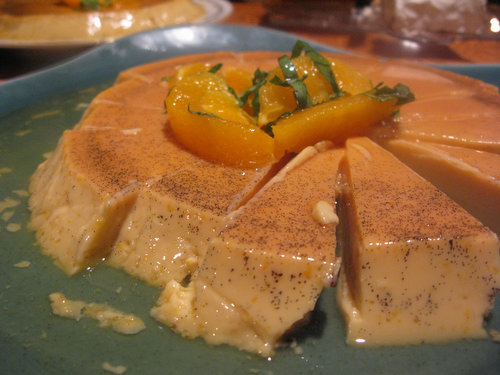
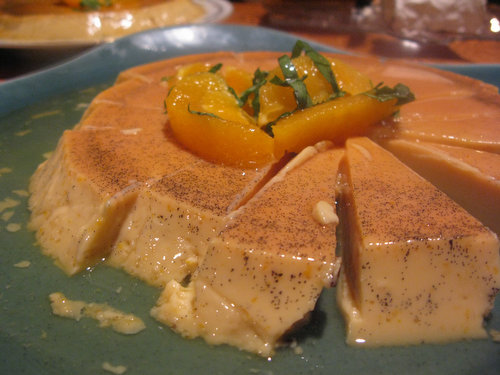

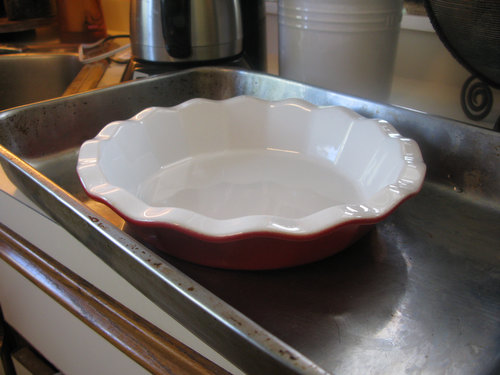
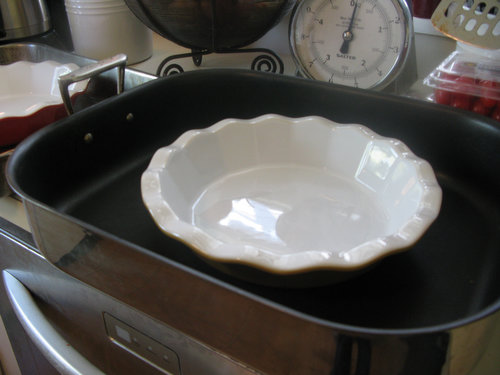
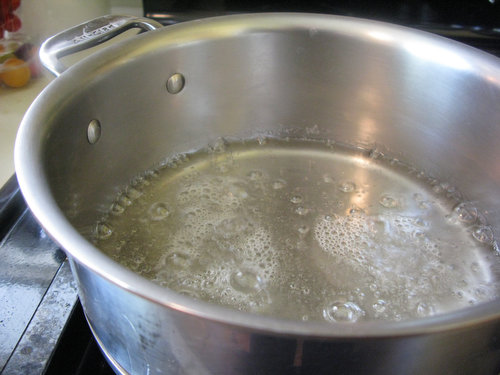
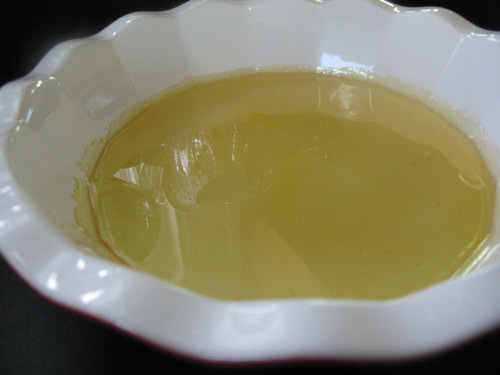
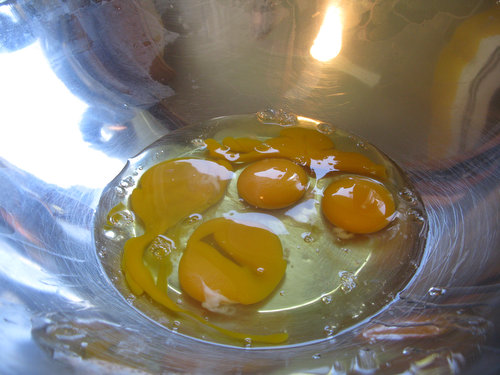
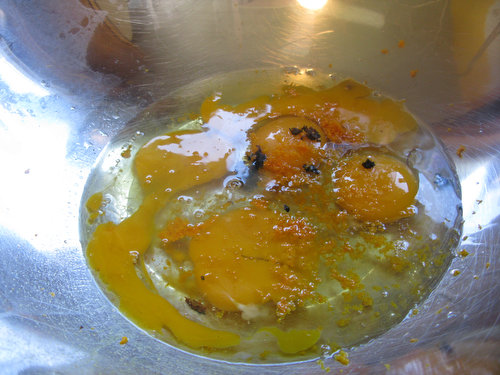
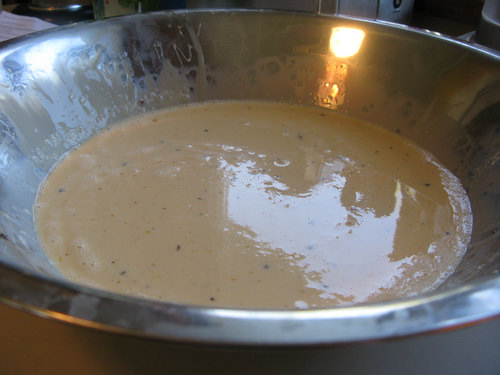
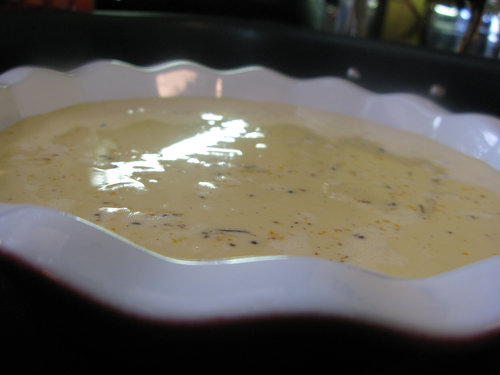


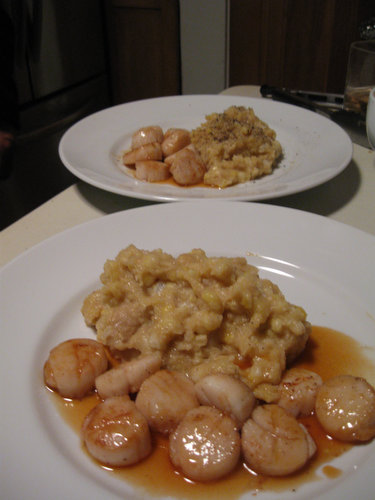
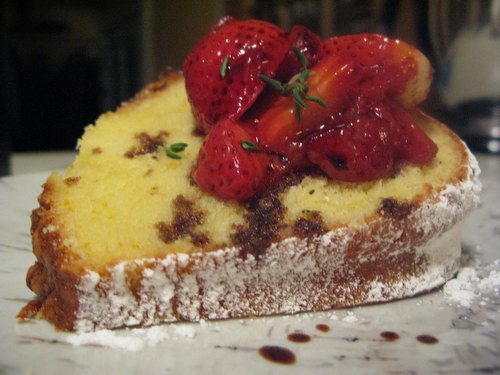
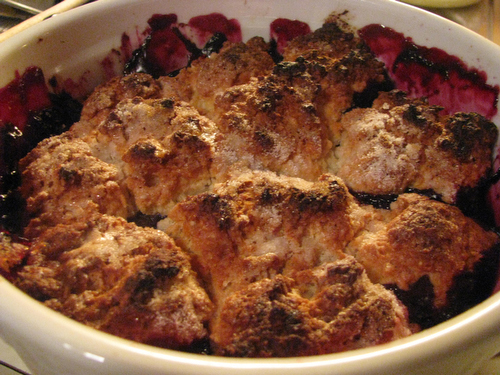
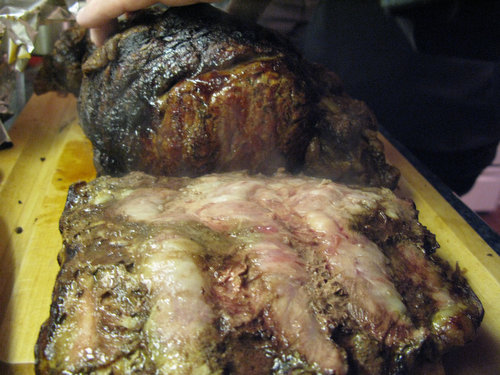
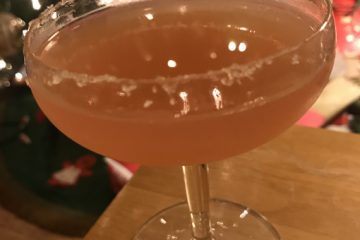


Pingback: Recipe: Decadent Fudge Brownies | Sour Cherry Farm
Pingback: Passover Seder at Irene’s | Sour Cherry Farm